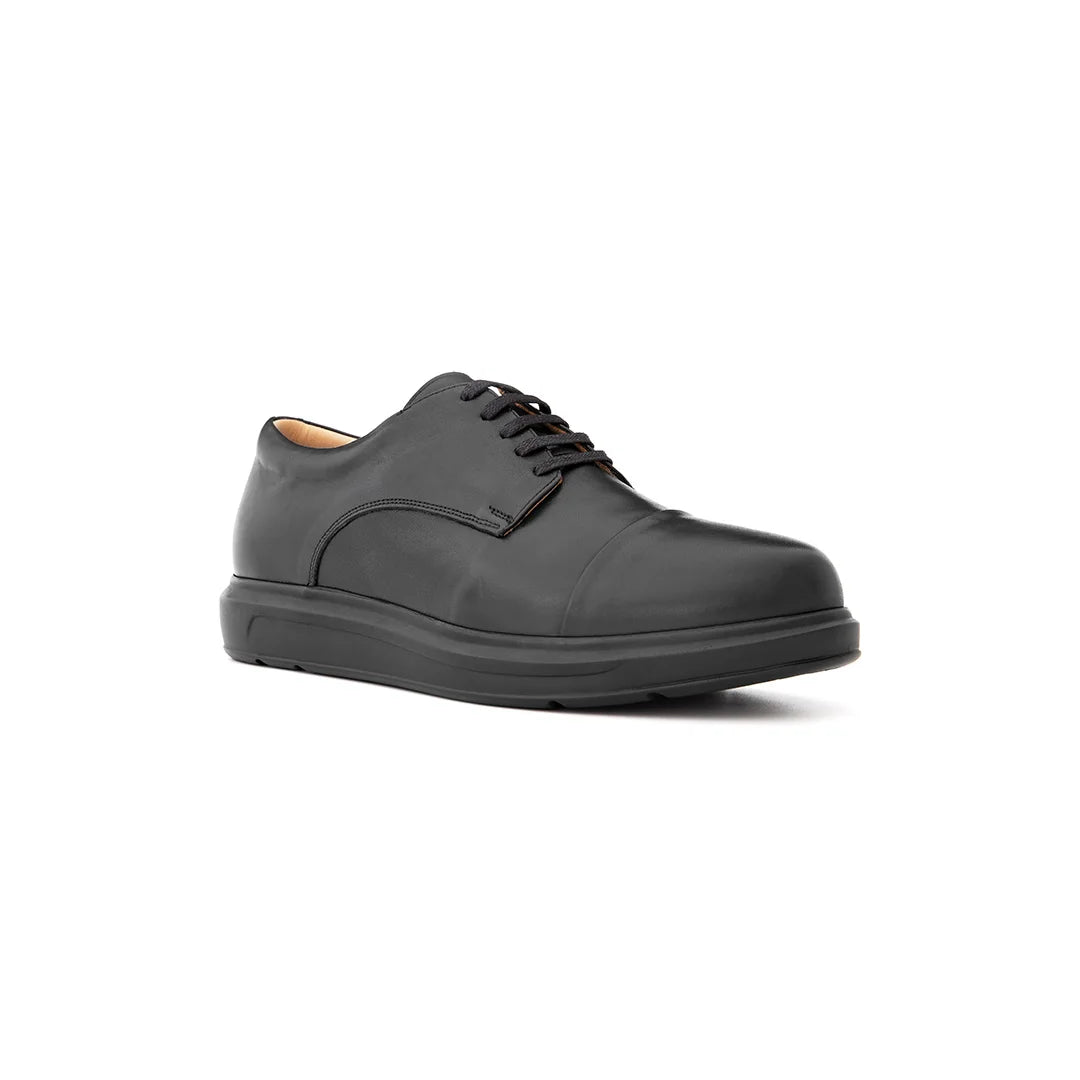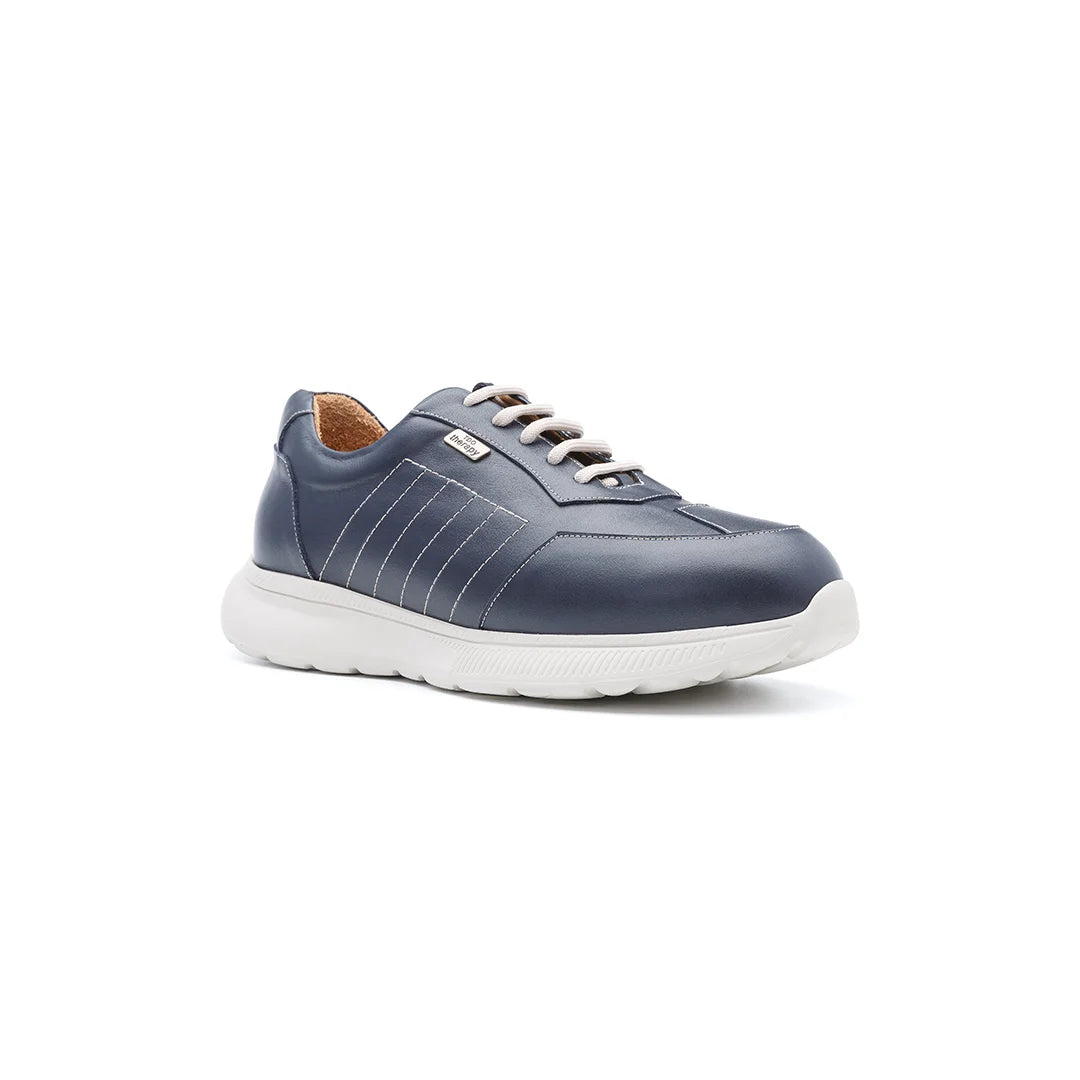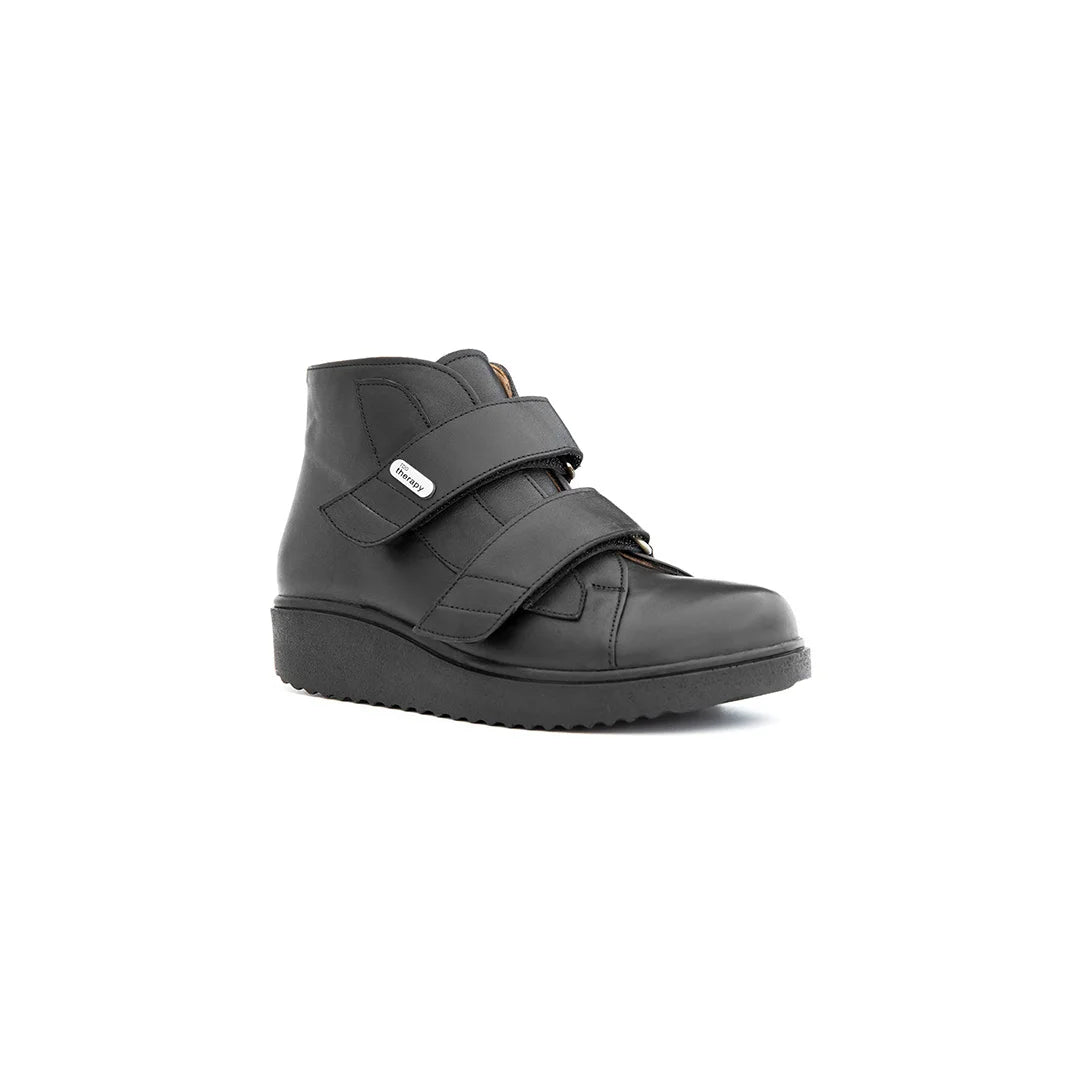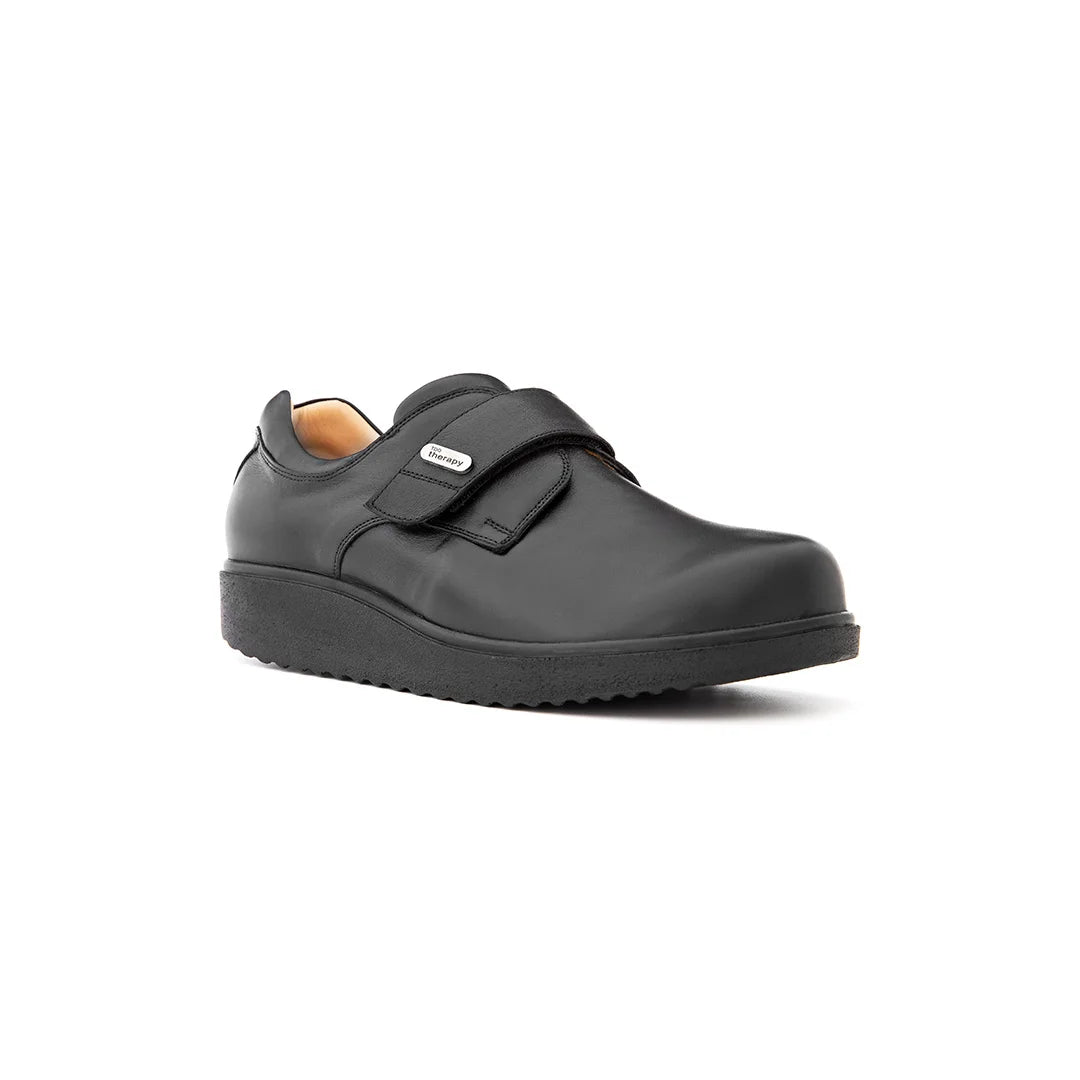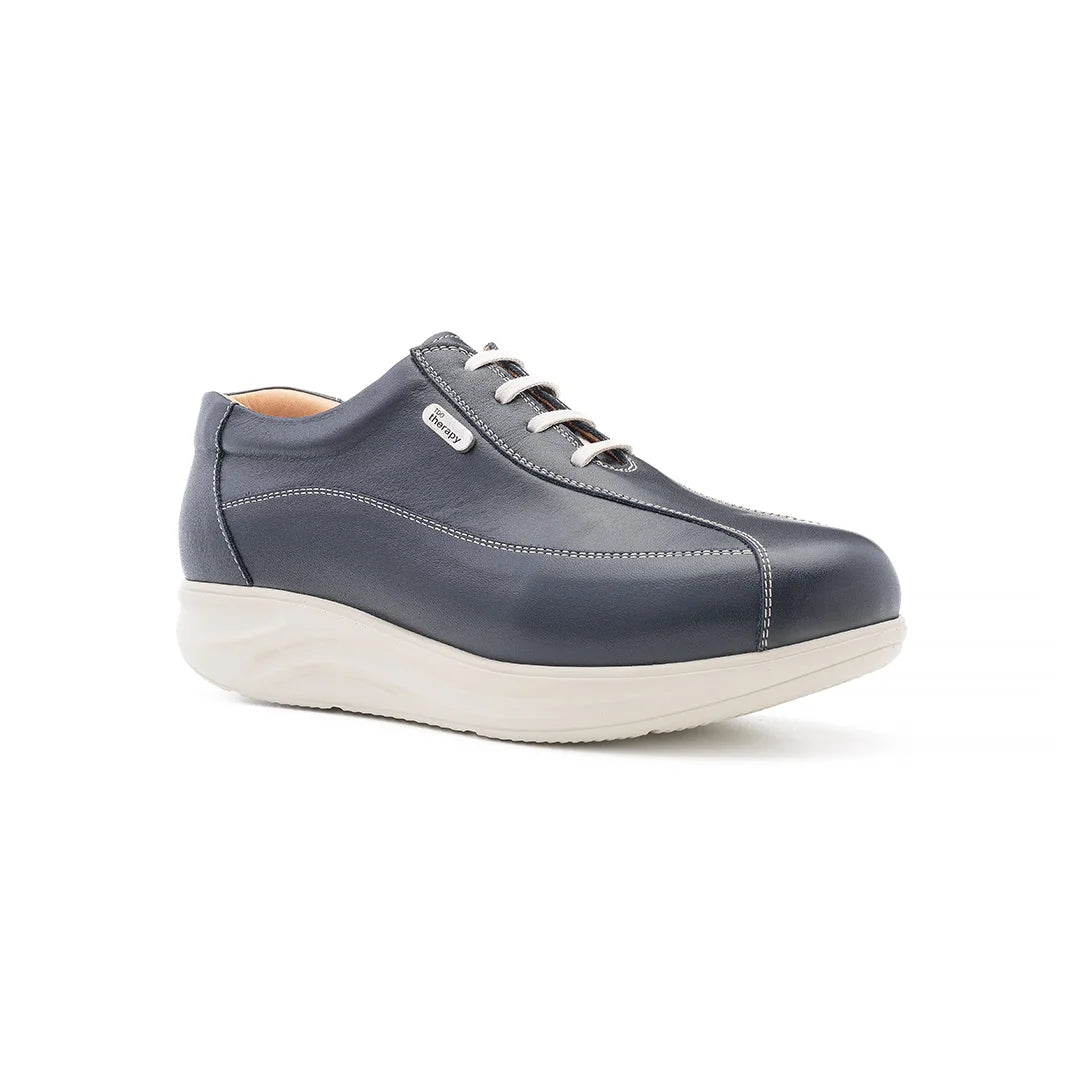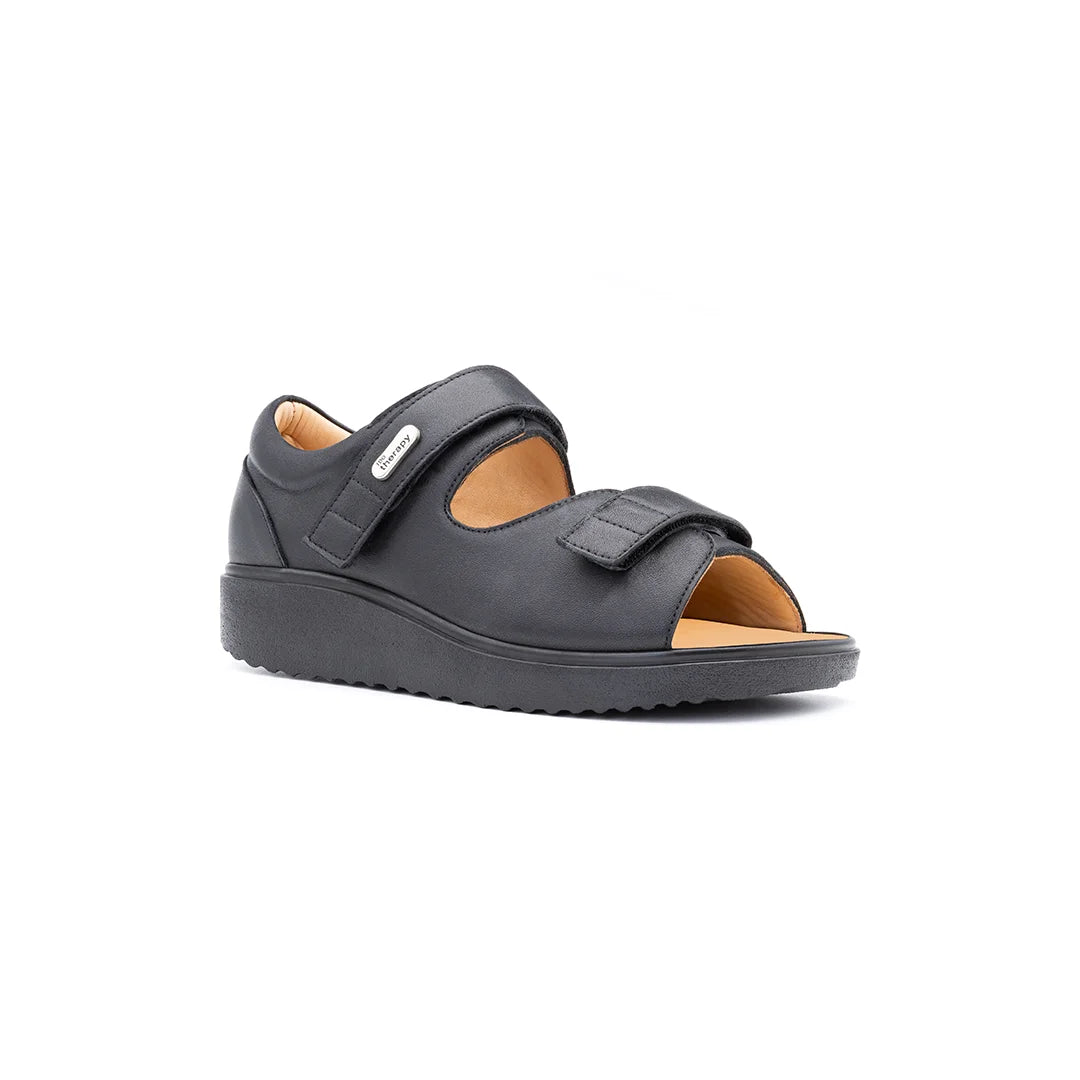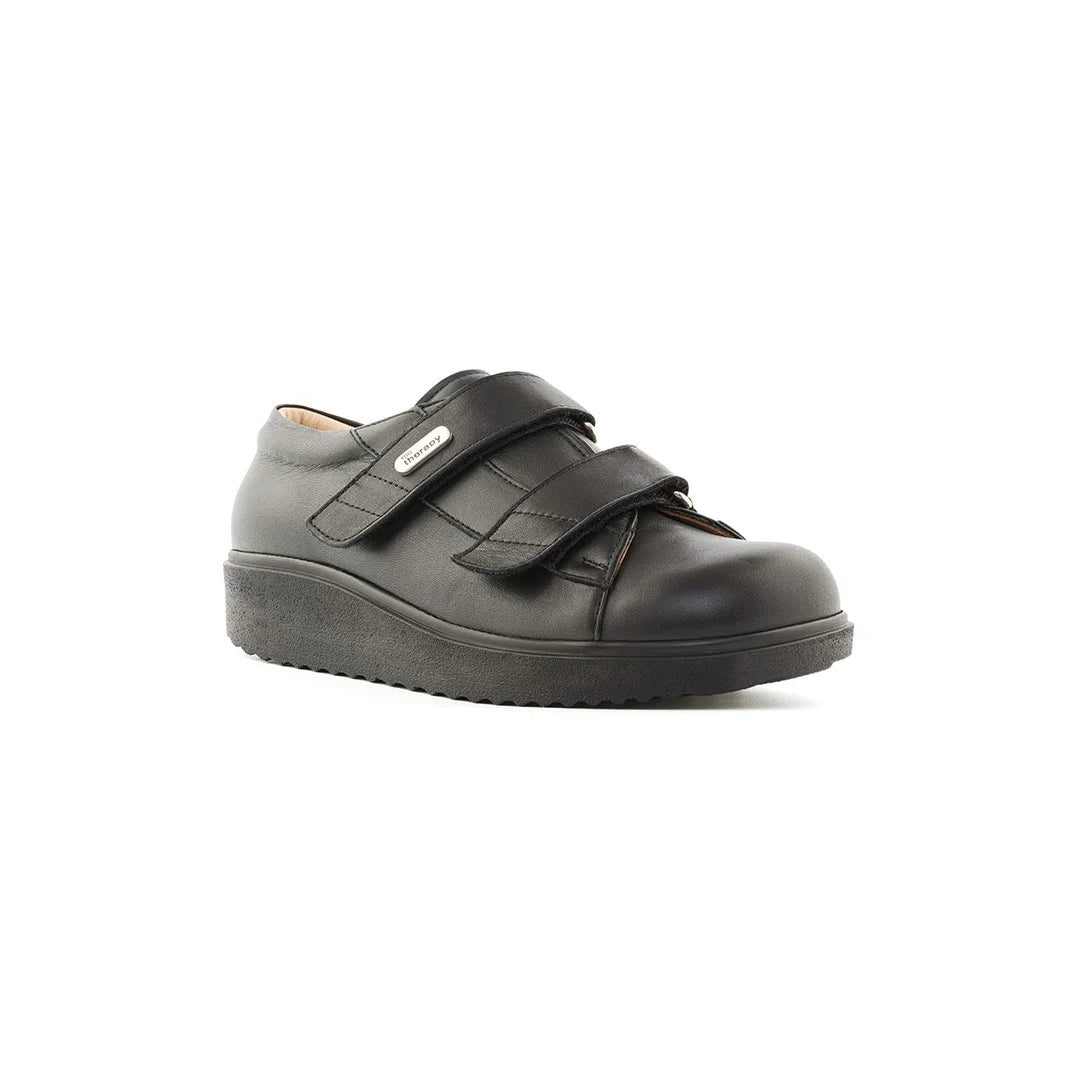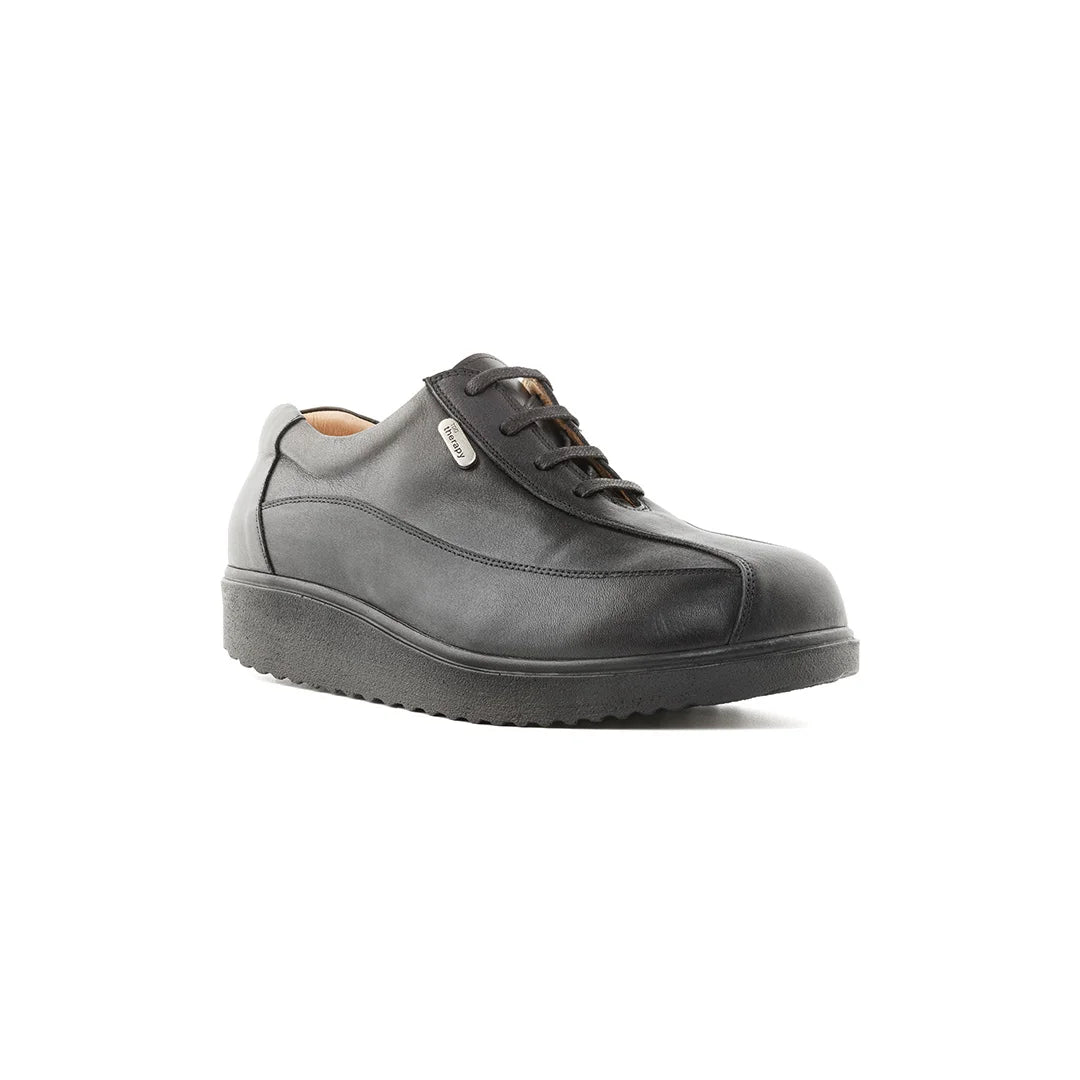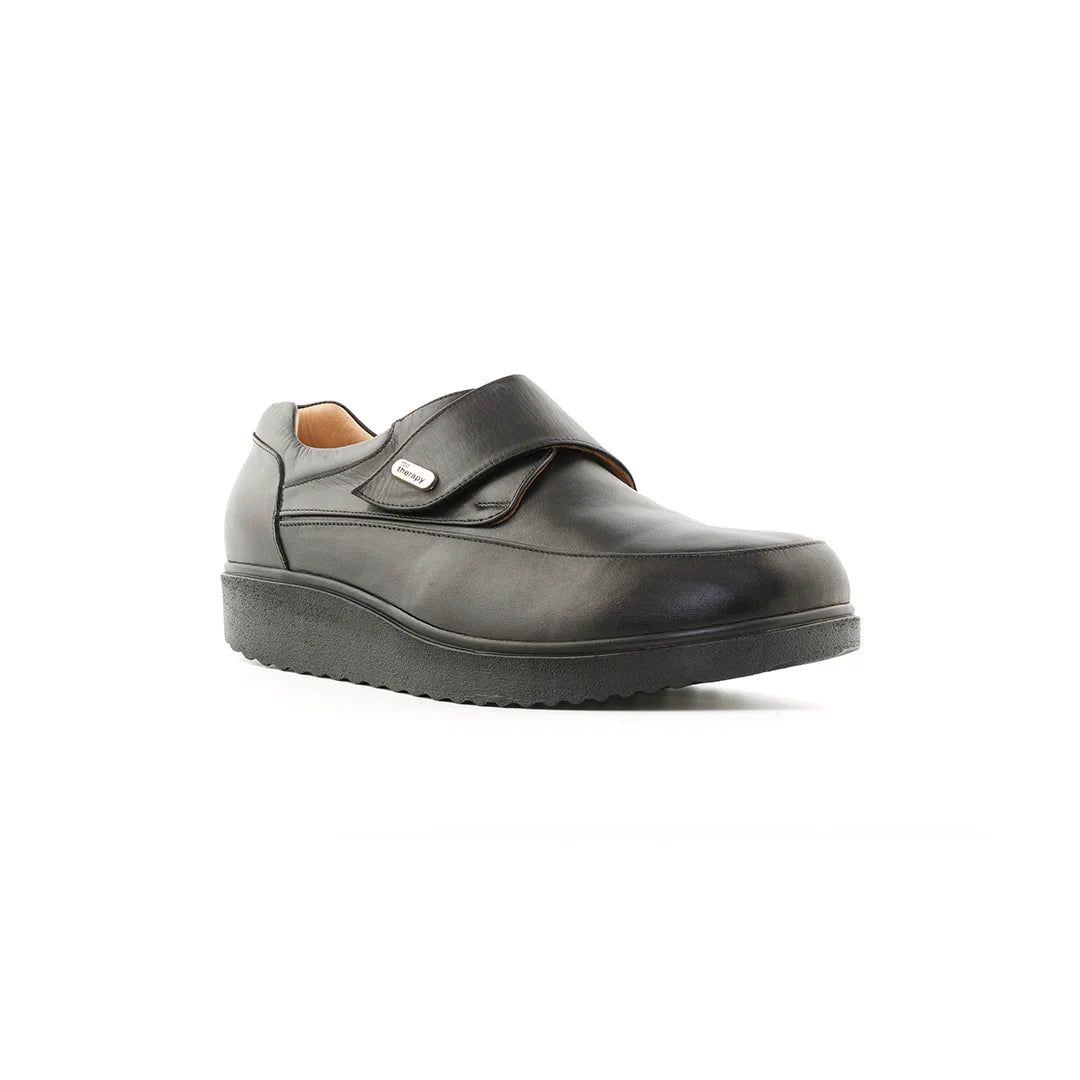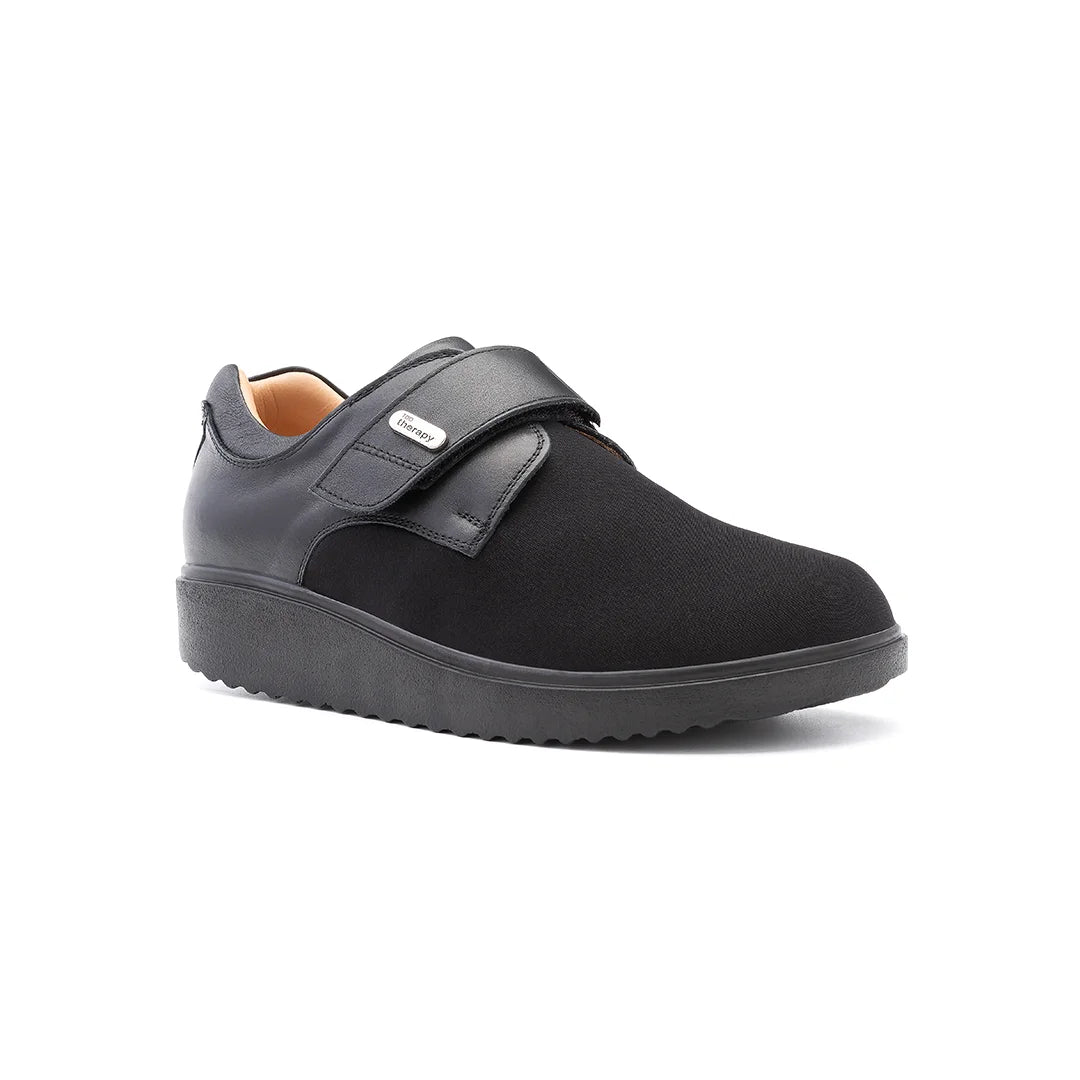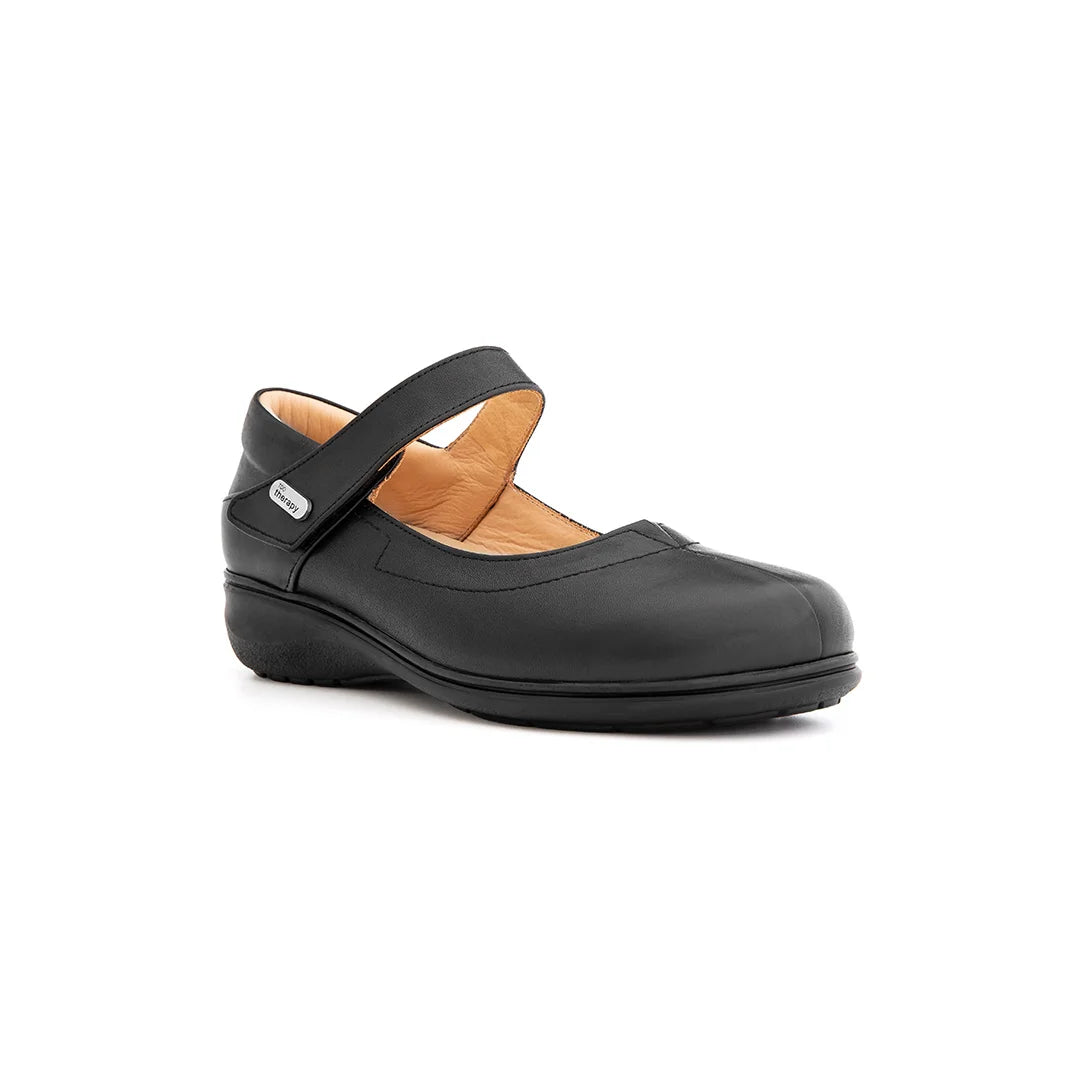Introduction
Trainers are one of the UK’s most popular footwear choices. From sporty styles to trendy casual designs, high street shops market trainers as lightweight, cushioned, and supportive. For many people, they feel like the perfect everyday shoe.
But for anyone with medical foot conditions—such as diabetes, arthritis, neuropathy, swollen feet, or balance disorders—trainers fall short. While they may feel soft underfoot, trainers are designed for fashion and general comfort, not for medical protection.
In this guide, we’ll explain the limitations of trainers, the benefits of medical orthopedic shoes, and why the difference matters for long-term comfort and health.
Why People Choose Trainers
Trainers are popular because they:
-
Are widely available on the high street.
-
Feature cushioning that feels comfortable initially.
-
Offer fashionable designs in many colours and styles.
-
Are affordable compared to specialist footwear.
For everyday wear without medical concerns, trainers can be fine. But for anyone managing foot health, trainers are simply not enough.
The Limitations of High Street Trainers
Lack of Depth
Most trainers are designed for slim, standard feet. They don’t have the extra depth needed for swollen feet, orthotics, or ankle-foot orthoses (AFOs).
Not Diabetic-Friendly
Trainers often include internal seams and synthetic linings that can rub and cause sores—dangerous for people with diabetes.
Cushioning Without Support
Soft soles may feel good at first but lack structured arch and heel support, leading to fatigue or poor posture over time.
Limited Width Options
Some trainers come in “wide fit,” but these rarely meet the needs of those with severe swelling, bunions, or deformities.
Short-Term Comfort Only
Many trainers lose shape quickly. Without reinforced soles or medical construction, they don’t provide lasting support.

Why Orthopedic Shoes Are Different
Orthopedic footwear is built as medical-grade support, not just casual comfort.
Designed as Medical Devices
Unlike trainers, orthopedic shoes are made as certified Class 1 medical devices, designed to relieve and prevent health problems.
Extra Width & Depth
Orthopedic shoes can accommodate swollen feet, bandaging, orthotics, and AFOs with ease.
Seamless, Cushioned Interiors
Protect sensitive skin, especially for those with diabetes or neuropathy.
Rocker Bottom Soles
Encourage smoother steps and reduce strain on stiff joints, improving walking comfort.
Stable & Non-Slip Soles
Reduce fall risk indoors and outdoors, particularly for the elderly.
Removable Insoles
Allow wearers to customise cushioning or use prescription orthotics.
Trainers vs Orthopedic Shoes: Key Comparisons
| Feature | Trainers | Orthopedic Shoes |
|---|---|---|
| Width & Depth | Standard, sometimes wide fit | Extra-wide, extra-depth options |
| Support | Soft, minimal structure | Structured arch & heel support |
| Medical Safety | Seams, synthetic fabrics | Seamless interiors, diabetic-friendly |
| Durability | Wear out quickly | Built for long-term daily use |
| Adjustability | Laces only | Velcro, zips, and custom options |
Everyday Benefits of Orthopedic Shoes
-
Reduce foot pain and fatigue.
-
Support posture and alignment.
-
Prevent ulcers, blisters, and sores.
-
Improve safety with stable, non-slip soles.
-
Adapt to swelling and orthotics.
FAQ – Trainers vs Orthopedic Shoes
Q: Are trainers suitable for people with diabetes?
A: No. Trainers are not diabetic-friendly and can cause irritation or ulcers.
Q: Can trainers be used with orthotics?
A: Some trainers can, but most lack depth. Orthopedic shoes are designed for orthotics.
Q: Are orthopedic shoes stylish?
A: Yes. Modern orthopedic footwear blends support with casual or professional designs.
Q: Do orthopedic shoes last longer than trainers?
A: Yes. They’re built for daily medical use and retain shape and support.
Final Thoughts
High street trainers may feel good at first, but they cannot replace orthopedic shoes for people with medical needs. Trainers are made for style and casual comfort, while orthopedic footwear is designed for support, stability, and long-term protection.
For anyone managing swollen feet, diabetes, arthritis, or mobility issues, orthopedic shoes aren’t just an option—they’re a necessity for comfort and health.
At TDO Therapy, our orthopedic shoes combine medical features with modern design, giving you the best of both worlds—comfort and confidence with every step.




